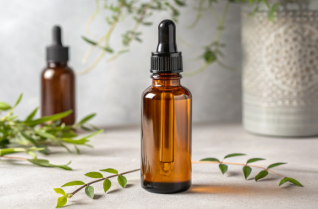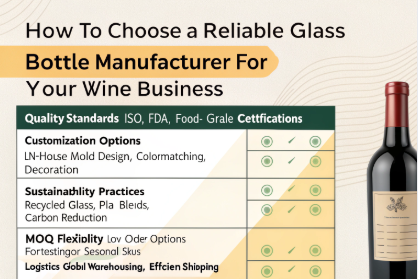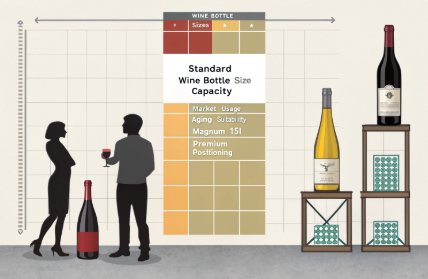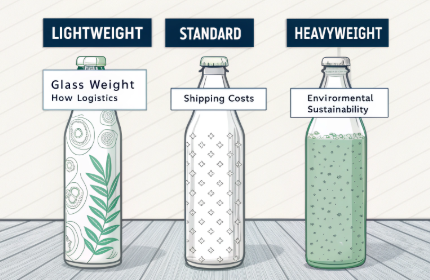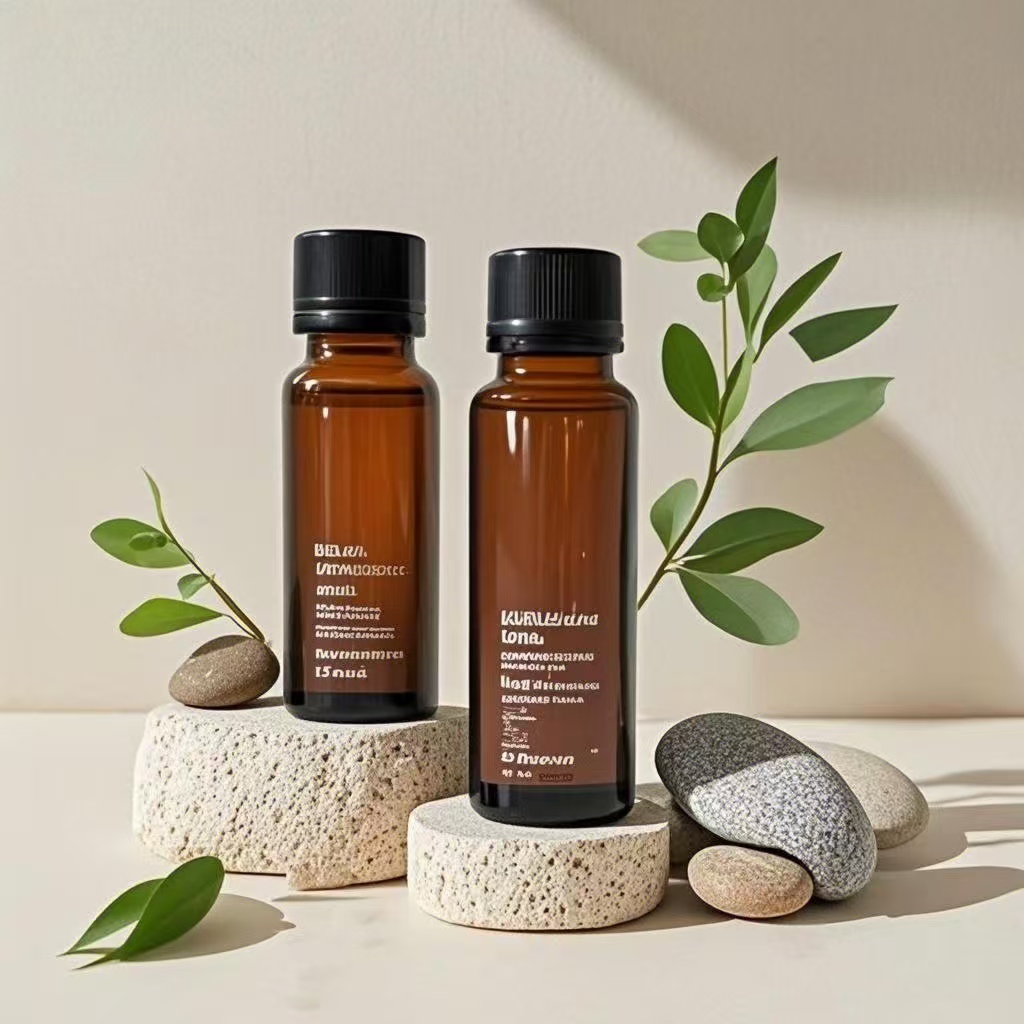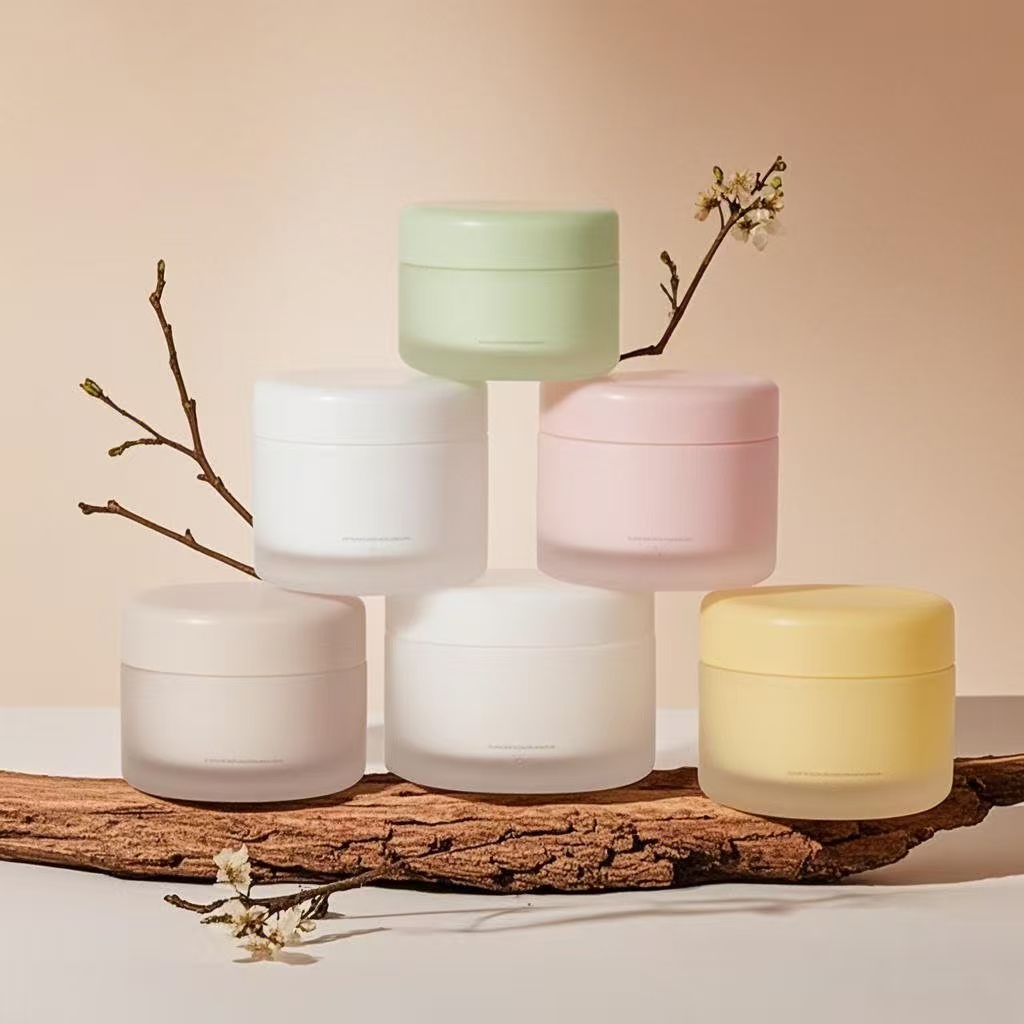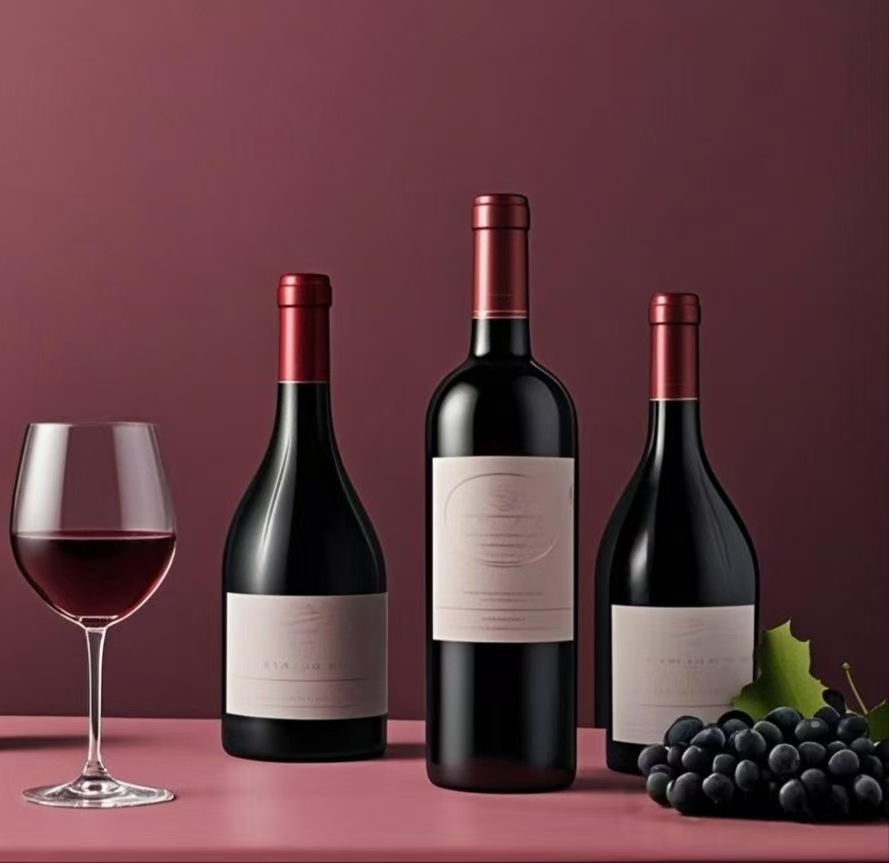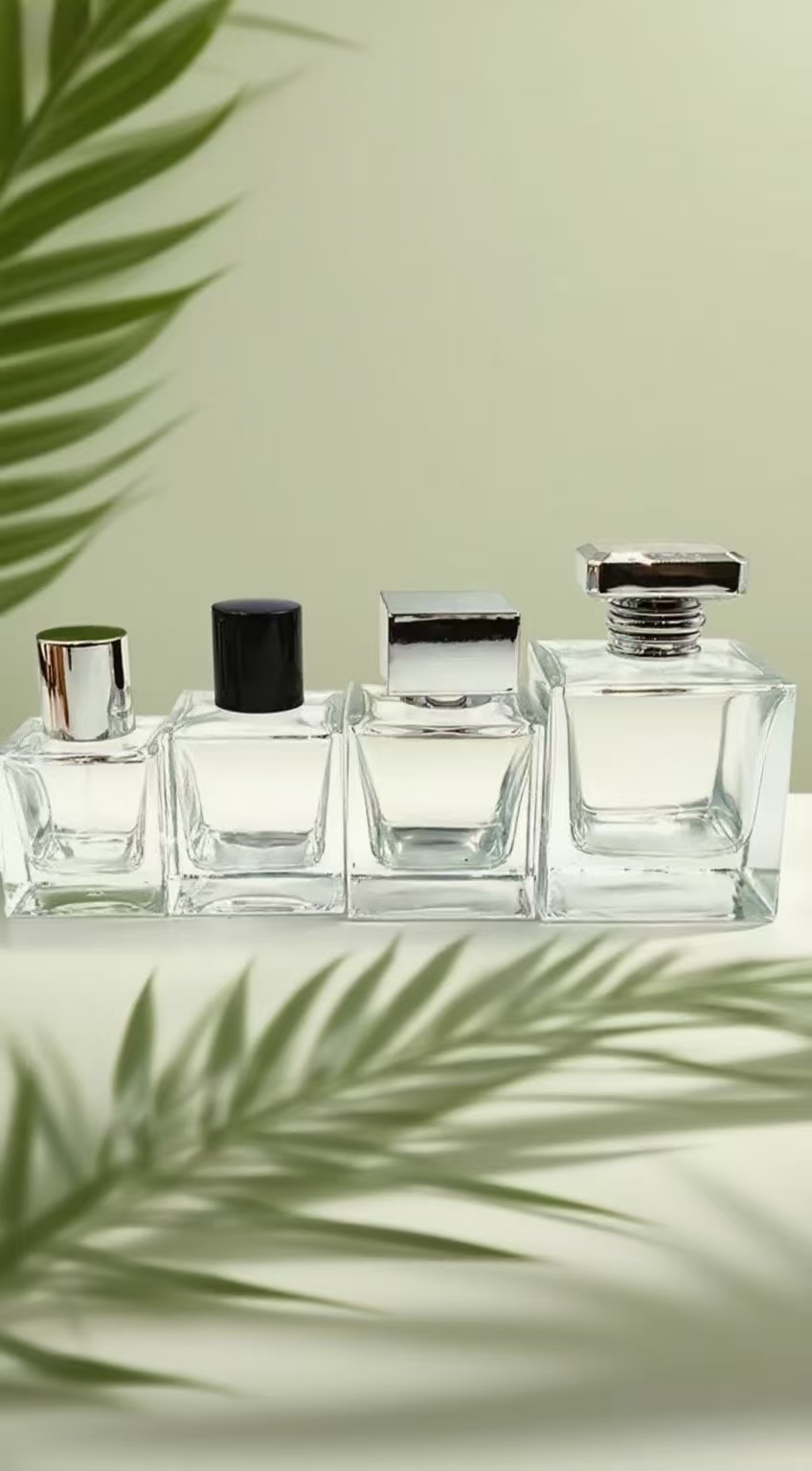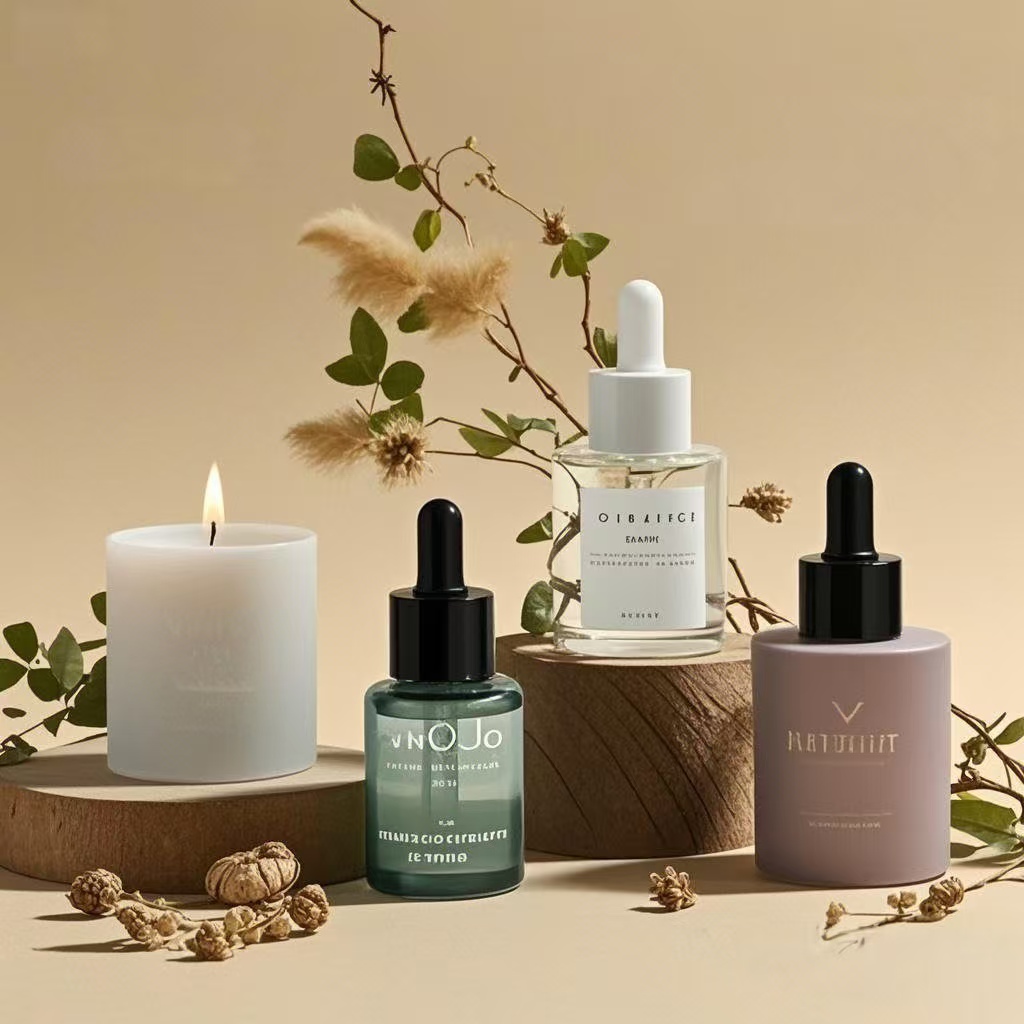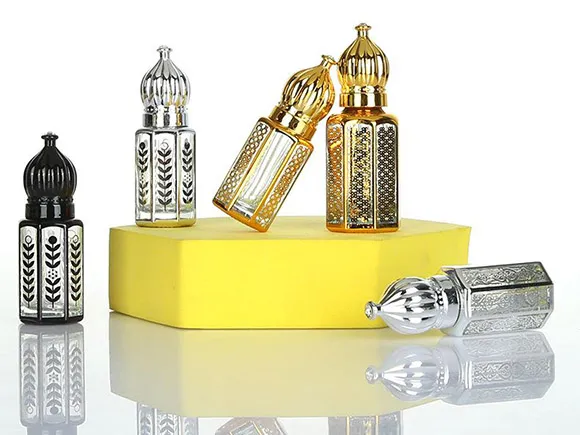Choosing the perfect glass wine bottle is more than a packaging decision—it’s a statement of your brand identity and commitment to quality.
To choose the right glass wine bottle, consider key factors like shape, color, closure type, customization options, and supplier reliability. Each element can significantly influence your product’s market appeal and preservation quality.
As a packaging partner to global beverage brands, I’ve seen how the right bottle can elevate a wine’s story. Let’s dive into everything you need to know to choose the ideal glass bottle for your wine brand.
What Are the Key Types of Glass Wine Bottles Available Today?
The wrong bottle can make even the best wine forgettable. Selecting the right type ensures your product fits its market and varietal.
Wine bottles come in various types, such as Bordeaux, Burgundy, and Sparkling, each tailored to different wine profiles and brand aesthetics.
Common Wine Bottle Types and Their Features
| Bottle Type | Shape Characteristics | Typical Use | Volume Options |
|---|---|---|---|
| Bordeaux | Straight sides, tall shoulders | Red wines (Cabernet, Merlot) | 375ml - 1.5L |
| Burgundy | Gently sloping shoulders | Pinot Noir, Chardonnay | 750ml, 1L |
| Alsace/Flute | Slim and tall | Riesling, Gewürztraminer | 500ml, 750ml |
| Sparkling | Thick glass, deep punt | Champagne, sparkling wines | 750ml, Magnum |
| Specialty | Custom shapes | Rosé, blends, or gifting | Variable |
Function Meets Branding
Your choice of bottle can signal quality, tradition, or innovation. For example:
-
Bordeaux bottles communicate structure and heritage.
-
Flute bottles suggest elegance and delicacy.
-
Custom-shaped bottles offer a storytelling edge in niche markets or limited editions.
At PauPack, we support all major bottle formats and help clients design shapes that align with their product vision.
How Do Bottle Shape and Color Influence Brand Perception?
If you think shape and color are only aesthetic, think again—they're critical in creating shelf appeal and communicating your brand’s essence.
Shape and color not only influence consumer choice but also protect the wine's quality and express your brand identity.
Color Psychology in Wine Bottles
| Color | Common Use | Perceived Value | Functional Benefit |
|---|---|---|---|
| Dark Green | Red wines | Traditional, premium | UV protection |
| Flint (Clear) | Rosé, dessert wines | Modern, approachable | Best for early consumption |
| Amber | Organic/natural wines | Earthy, eco-conscious | Excellent UV barrier |
| Cobalt Blue | Niche/gifting | Unique, creative | Aesthetic only |
Shape and Consumer Expectations
-
Wider bottles often suggest richness or oak aging.
-
Tall, slender bottles imply elegance or aromatic profiles.
-
Shorter bottles can feel rustic or artisanal.
By working with PauPack, you can access mold customization services to create a unique silhouette—be it minimalist modern or vintage-inspired.
What Role Does Bottle Closure Play in Wine Preservation and Presentation?
A stunning bottle means little if the wine inside is compromised by poor sealing. Closures are both functional and branding elements.
Closures—be it cork, screw cap, or synthetic—affect not just preservation but also how consumers experience your wine.
Closure Options Explained
| Closure Type | Wine Compatibility | Pros | Cons |
|---|---|---|---|
| Natural Cork | Premium reds, age-worthy wines | Traditional feel, prestige | Cork taint risk |
| Synthetic Cork | Entry-level wines | Affordable, consistent quality | Less traditional appeal |
| Screw Cap | Whites, rosé, young reds | Convenience, excellent seal | Perceived as lower-end (changing) |
| Glass Stopper | Boutique wines, gifts | Elegant, resealable | Higher cost |
Technical and Aesthetic Considerations
Closures impact oxygen ingress—a key factor in aging potential. But they also define the first interaction with the bottle. Many brands now blend modern closure systems with premium appearances to deliver both function and style.
At PauPack, we offer full compatibility testing with our bottles and a range of closures to ensure both aesthetic harmony and performance.
Why Customization and Decoration Matter for Wine Bottle Branding?
If you’re aiming to create a memorable wine, plain bottles won’t cut it. Customization is how you stand out in a sea of sameness.
Customization through embossing, labeling, or color treatments gives your wine a distinctive, recognizable identity.
Decoration Techniques
| Method | Visual Effect | Ideal Use Cases |
|---|---|---|
| Silk Screen Printing | Clean, permanent branding | Premium product lines |
| Hot Foil Stamping | Luxurious, reflective | Celebration wines, gifts |
| Acid Etching | Elegant, subtle texture | Reserve wines, artisanal appeal |
| Spray Coating | Color tinting, frosted looks | Unique collections |
| Label Integration | Full-wrap, transparent, eco | Brand storytelling |
Minimalist or Maximalist?
Depending on your audience, you may choose:
-
Minimalist branding to emphasize quality (ideal for serious collectors)
-
Bold labels and colors for shelf impact in competitive retail environments
PauPack provides low-MOQ customization options—even starting at 1000 units—ideal for limited releases or boutique brands looking to scale responsibly.
How to Choose a Reliable Glass Bottle Manufacturer for Your Wine Business?
The best bottle design means little without a manufacturer you can trust. Quality, consistency, and service make or break your launch.
To choose the right manufacturer, evaluate quality assurance, customization ability, sustainability practices, and logistics support.
Key Criteria to Consider
| Factor | What to Look For |
|---|---|
| Quality Standards | ISO, FDA, food-grade certifications |
| Customization Support | Mold design, decoration services |
| Sustainability | Eco-materials, carbon reduction efforts |
| MOQ Flexibility | Options for startups or seasonal SKUs |
| Lead Time & Logistics | Warehousing, global delivery |
| After-sales Service | Responsive support, defect resolution |
At PauPack, we’ve worked with over 200 beverage brands across 52 countries. With our 13+ years of experience, 20+ production lines, and 3000+ SKUs in stock, we help you go from concept to delivery seamlessly. Our sustainability edge—like PLA-based options and closed-loop water systems—means your bottle doesn’t just look good, but does good too.
What Factors Should You Consider When Selecting Wine Bottle Size and Capacity?
The wrong size bottle can throw off your supply chain or confuse your audience. Size matters more than most think.
Wine bottle size affects perception, cost, shelf space, and even how your wine ages. Choosing the right capacity ensures functionality and brand consistency.
Standard and Specialty Sizes
| Bottle Size | Common Volume | Market Usage | Aging Suitability |
|---|---|---|---|
| Half Bottle | 375ml | Samplers, gift sets | Short-term aging |
| Standard | 750ml | Industry norm, retail-friendly | Broad compatibility |
| Magnum | 1.5L | Premium image, longer aging | Better aging potential |
| Jeroboam+ | 3L and up | Celebrations, collector items | Exceptional aging |
Strategic Considerations
-
Target Market: Younger consumers may prefer smaller sizes, while collectors favor Magnums.
-
Shelf Impact: Unique volumes stand out but may not fit standard retail racking.
-
Serving Experience: Larger bottles enhance presentation at events or restaurants.
At PauPack, we offer bottles from 100ml to 3L+, and support custom mold development to meet your specific volume and brand requirements.
How Does Bottle Weight and Glass Thickness Impact Perception and Logistics?
Thicker glass feels premium—but it can cost more and complicate shipping. There’s a balance between luxury and practicality.
Heavier bottles signal premium quality but increase freight costs and environmental impact. Choosing the right weight is a strategic decision.
Weight vs. Functionality
| Weight Category | Common Use Case | Perceived Value | Drawbacks |
|---|---|---|---|
| Lightweight | Entry wines, e-commerce | Sustainable, cost-effective | Feels less premium |
| Standard | Retail wines | Balanced impression | Mid-level cost/logistics |
| Heavyweight | Luxury wines, gifting | Premium tactile feel | Costly, more emissions |
Packaging and Transit
-
Durability: Thicker bottles resist breakage in transit.
-
Sustainability: Lighter bottles reduce carbon footprint.
-
Storage: Heavier bottles require reinforced racks or pallets.
PauPack offers lightweight and heavyweight glass options, with bulk packaging designs optimized for global shipping and protection.
What Sustainability Trends Are Shaping the Future of Wine Bottle Packaging?
Today’s wine buyers care about the environment. Your packaging needs to reflect your brand’s commitment to sustainability.
Sustainability trends like lightweighting, recycled glass, and low-carbon manufacturing are transforming how brands approach wine packaging.
Key Eco Innovations
| Trend | Description | Brand Benefit |
|---|---|---|
| Lightweight Bottles | Reduced material use | Lower CO2, shipping savings |
| Recycled Glass (PCR) | Post-consumer recycled material | Circular economy alignment |
| Bio-Based Materials | PLA coatings, biodegradable decorations | Green branding, innovation appeal |
| Carbon-Neutral Factories | Renewable energy and offsetting systems | ESG and B-Corp brand alignment |
Consumer Expectations
A 2022 Nielsen study showed over 60% of wine consumers prefer brands with eco-packaging. It’s no longer a bonus—it’s an expectation.
At PauPack, our production runs on 100% renewable energy and we offer glass bottles with up to 70% recycled content. Our closed-loop water system and PLA packaging lines allow brands to meet sustainability targets without compromising aesthetics.
How Can You Align Your Bottle Design with Consumer Trends and Market Positioning?
If your bottle doesn’t reflect your target consumer’s style, you lose the sale before they even taste your wine.
Successful wine bottle designs resonate with the lifestyle, values, and aspirations of your ideal customer.
Consumer-Centric Design Approaches
| Market Segment | Design Cues | Bottle Examples |
|---|---|---|
| Millennials & Gen Z | Bold labels, clear or tinted glass | Sleek flint bottles, screw caps |
| Eco-Conscious Buyers | Earth tones, recycled elements | Amber glass, etched logos |
| Luxury Collectors | Heavy glass, custom mold, gold foil | Magnum bottles, wax seals |
| Everyday Sippers | Easy-open, compact designs | 375ml screw cap bottles |
Matching Form with Function
-
Rosé buyers love transparency to admire the color.
-
Sparkling drinkers expect heavy bottles with deep punts.
-
Organic brands gain trust with minimalist, matte finishes.
At PauPack, we work with your marketing and product development teams to ensure your bottle tells the right story—from shape and decoration to sustainability claims and functionality.
What Are the Most Common Mistakes to Avoid When Sourcing Wine Bottles?
Even experienced brands can fall into traps that delay launches or hurt their bottom line.
Common mistakes in wine bottle sourcing include poor compatibility checks, unreliable suppliers, and overlooking regulatory standards.
Pitfalls to Watch For
| Mistake | Consequence | How to Avoid |
|---|---|---|
| Ignoring Closure Fit | Leaks or spoilage | Request samples with closures |
| Misjudging Lead Times | Delayed product launches | Plan 8–12 weeks in advance |
| Skipping Quality Tests | Breakage, customer complaints | Insist on QC reports, samples |
| Overlooking Certifications | Customs issues, non-compliance | Confirm food-safe, ISO standards |
| Choosing on Price Alone | Inconsistent supply, poor service | Balance cost with reliability |
At PauPack, we solve these issues with full pre-shipment testing, international certifications, and transparent logistics tracking. Our multilingual service team ensures nothing is lost in translation.
Conclusion
Choosing the right wine bottle means finding the perfect balance of form, function, sustainability, and branding impact. Get that balance right, and your wine won’t just be tasted—it’ll be remembered.




